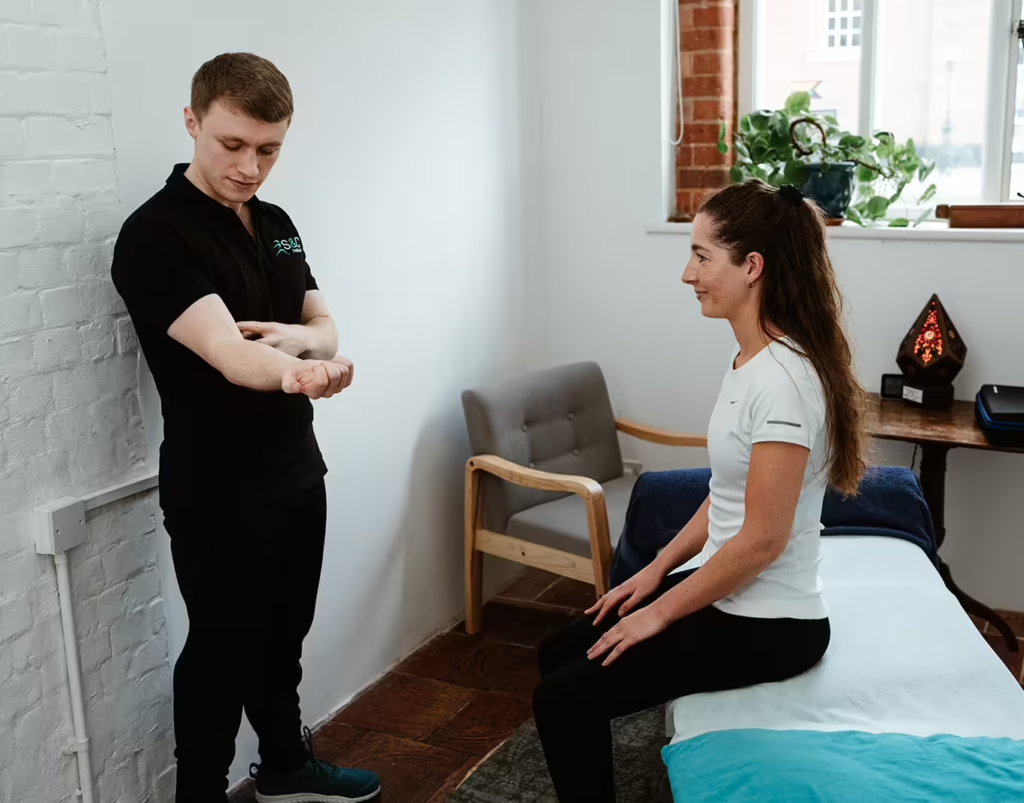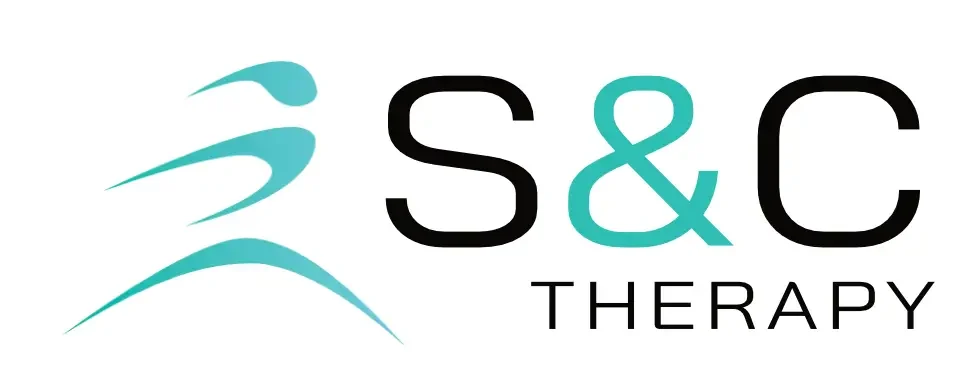
Elbow Pain
Common causes of elbow pain
Elbow pain isn’t always about the elbow itself. It often stems from other parts of the body or from repeated, high intensity stressors.
Common causes include:
- Shoulder instability – poor control of shoulder and shoulder blade positioning can put increased strain on tissues around the elbow.
- Nerve irritation or compression – physical compression or chemical irritation of nerves at the elbow and/or neck that can cause pain at the elbow and lower arm.
- Overuse and repetitive strain – repeated movements in compromised and unsupported positions leading to tendon and joint irritation.
- Muscle imbalances – tightness in muscles around the forearm, upper arm and shoulder can cause increased stress on the tissues around the elbow.
- Tennis Elbow (Lateral Epicondylitis) – pain on the outer elbow caused by repetitive wrist or arm motion and lifting.
- Golfer’s Elbow (Medial Epicondylitis) – pain on the inner elbow often related to gripping or lifting.
Why you shouldn't wait it out
Left unaddressed, elbow pain can lead to:
- Long-term weakness in the arm
- Reduced grip strength
- Ongoing stiffness or restricted range
- Pain with everyday activities – from lifting to typing
How we can help - a smarter approach to recovery
At S&C Therapy, we offer expert diagnosis and tailored treatment for all types of elbow pain. Our thorough assessment looks beyond the elbow itself, evaluating surrounding muscles, nerves, and movement patterns to identify the true cause of your discomfort.
From there, we create a personalised plan that often includes hands-on techniques like gentle joint mobilisation, trigger point therapy, and soft tissue release to reduce pain and improve mobility.
We believe understanding your pain is key, so we take time to explain the cause and teach you how to manage it. Your rehab may focus on strengthening or stretching supporting muscles, enhancing joint stability, and correcting posture and movement to ensure lasting results.
Regular follow-ups are an important part of your recovery, allowing us to track your progress, adjust your rehabilitation plan, and ensure you stay on the path to full pain-free movement.
We provide practical tips on daily habits and ergonomics to help prevent further strain and keep you moving pain-free.
Treatment may include
- Hot or cold therapy, which uses either hot or cold applications to reduce inflammation or enhance blood circulation, respectively.
- Acupuncture or dry needling, therapeutic massage, or vibration therapy to promote tendon healing, reduce muscle tightness and reduce tendon pain.
- A tailored exercise programme designed to improve the deficiencies and sensitivities identified in your assessment.
- Education on proper movement strategies to prevent aggravating or re-injuring the elbow.
- Joint mobilisation to restore mobility and relieve stiffness.
- Targeted strengthening exercises to support the elbow and improve stability.
- Postural and movement retraining to correct faulty mechanics and reduce strain.
- Ergonomic advice and practical tips to minimise further stress.
- Regular follow-ups to track progress and adjust treatment as needed.
